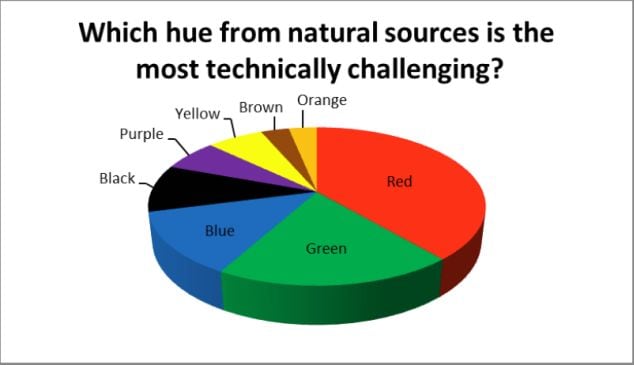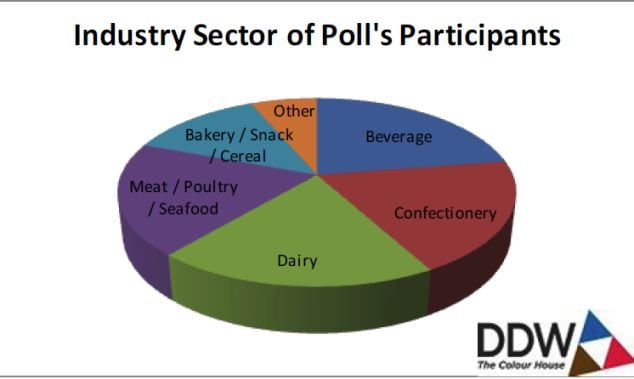Kentucky-based DDW (DD Williamson) polled 31 industry technologists at the Food Ingredients Europe (FIE) show to find out which natural color shade was the most challenging, and red came out on top (39%), followed by green (19%), and blue (13%).
Only 3% of the technologists selected brown or orange (see chart at bottom of page for results).
It’s not a statistically significant poll, but it gives an indication of problem areas, said Campbell Barnum, VP, branding and market development at DDW: “The poll’s data reveal natural red’s challenge, particularly in the meat, dairy and bakery sectors.
“Few choices can deliver a heat-stable, naturally derived, customized red hue in products with neutral to higher pH. Low scores for brown and orange may imply sufficient stability across many processing and storage conditions for those hues in food and beverage products.”
DDW: Carmine is really the gold standard for natural reds
The challenge is greatest if you want to avoid carmine (crushed Cochineal insects) but you still want a robust, vibrant red shade, DDW global application specialist Jennifer Brown told FoodNavigator-USA.
"Carmine is really the gold standard for natural reds; it’s heat and light stable, you can use it across a wide pH range and you can get vibrant shades. And while beet for example, is cheaper than carmine per pound, if you are using carmine in a red velvet cake batter, say, you might use 1%, whereas if you used beet you might have to use 8%to get the same depth of color.
“But not everyone wants to use carmine because it's not vegan or vegetarian and it's not kosher.
“If you’re looking for alternatives, tomato lycopene works well in dairy, but it’s not the kind of rich deep vibrant red you’d need for a red velvet cake. It’s also a more reddish orange than reddish pink, so if you wanted to add red to a ground meat, for example, it might not be the best choice.
“The pH of baked goods tends to be neutral to basic [alkaline/high pH] and they are often processed at high temperatures, so you’ve got challenges around pH and heat.”
Beet works at a neutral to basic pH range, but it’s not very heat stable
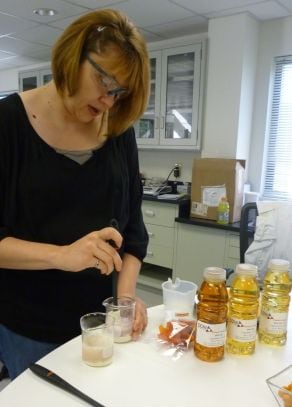
She added: “I’ve got a nice red color in red velvet cake from beets but the problem is if you use high amounts, it can impart a taste and there can be a browning effect. Beet also works at a neutral to basic pH range you get in many dairy products, but it’s not very heat stable. But it works well in ice creams.”
Anthocyanins from grapeskin and juice, elderberry, purple and black carrot, purple sweet potato, red cabbage and red radish can work well in lots of applications such as beverages, she said, but once the pH starts to rise they change color from red to purple to blue.
However, some are more stable over a wider pH range than others, particularly purple carrot, which can work well in some dairy applications, she said. “Red radish also holds its color in a higher pH environment than, say, red cabbage.”
Another challenge in dairy is that you often have to use high doses to overcome the white background color, she said.
Chr Hansen: Lycopene red is more of an orangish-red, and not a true, vibrant red shade
Byron Madkins, senior director product development and applications for colors at Chr Hansen, echoed many of Brown’s sentiments, noting that “for foods that are neutral or have a higher pH, there are limited choices for natural red color options”.
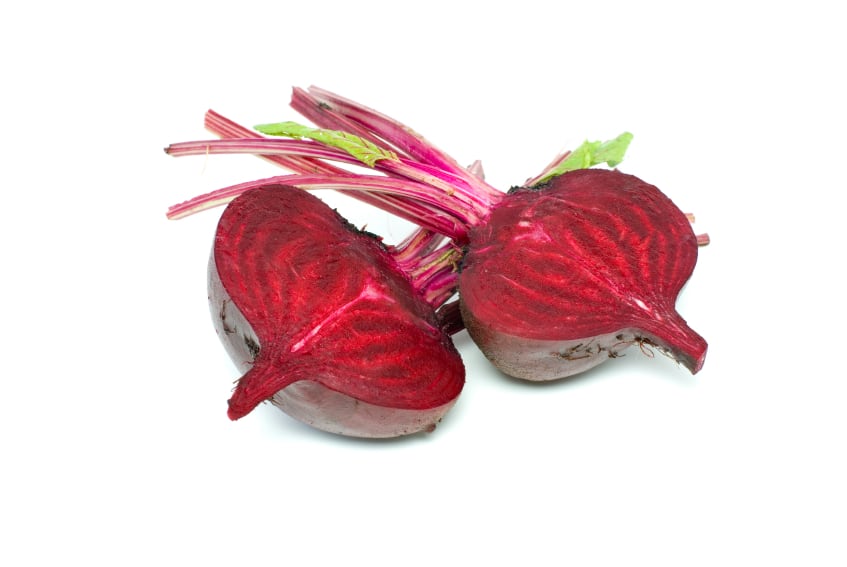
While red beet is one of the main options, ”its stability is limited in many applications", he said. "For natural red shade options at these higher pH applications, carmine remains one of the best, versatile, and most stable options.”
In bakery, Chr Hansen has had “some success” with red beet along with some vegetable based anthocyanins which can maintain their bright red shade and stability at pH5 depending on the recipe, he said.
Lycopene red is “more of an orangish-red, and not a true, vibrant red shade”, he said, and is “also one of the more expensive natural color options to use”.
New, ultra-stable vegetable-derived red color?
Asked about recent innovations, he said: “We have introduced an ultra-stable red that is based on a new [vegetable] anthocyanin source [the company discloses the source to customers, under confidentiality]. This provides increased stability for beverages, confectionery, some prepared foods and dairy applications.
“In addition… we have developed new, unique formulation concepts which allow for the use of red shades in higher pH applications… and formulation concepts based upon new encapsulation and emulsification techniques, using unique ingredients and processing. These allow for increased stability in many applications.”
Asked whether regulatory restrictions are holding back progress in natural reds in the US and the EU, he said: “There are additional red shade options available and approved in other parts of the world, for example, monascus red or gardenia red are approved for some Asian countries.”
Naturex: Black carrot vegetable concentrates or pigment blends offer good solutions for raspberry and strawberry yogurts
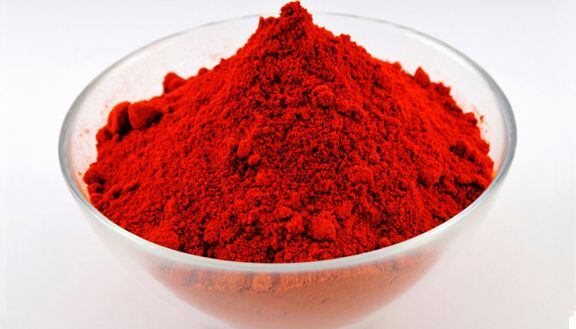
Natural ingredients expert Naturex is also a big fan of carmine, which is the “perfect solution for coloring red meat, dairy, and bakery applications, and can provide the famous red velvet shade of cakes with the same name and offers a very stable and vibrant pink color in strawberry milk”, said business manager Nathalie Pauleau.
But she added: “It cannot be Kosher certified, is not plant-based, and is potentially allergenic; for all these reasons US food manufacturers prefer to avoid it when possible.”
Lycopene, she said, “should be considered as a potential solution for red and pink colors in some dairy products such as strawberry milk. The use of lycopene is limited in bakery products such as cake because it turns orange during the cooking process.”
For dairy, she says, “black carrot vegetable concentrates or pigment blends offer good solutions for raspberry and strawberry flavored yogurts.”
WILD Flavors: Red velvet cake is my nemesis
Chad Ford, associate director of colors at WILD Flavors, Inc, told us that “red velvet cake is my nemesis”
He added: “The industry has long been looking for a Kosher, heat, light and neutral pH stable red color as an alternative to Carmine/Cochineal.
“Beet juice is one of the only other alternatives for red in higher pH systems. But beet juice, unfortunately, is not very heat-, nor light-stable. So, when given high heat processing and Kosher requirements together, a certified color may be the only viable option.”
